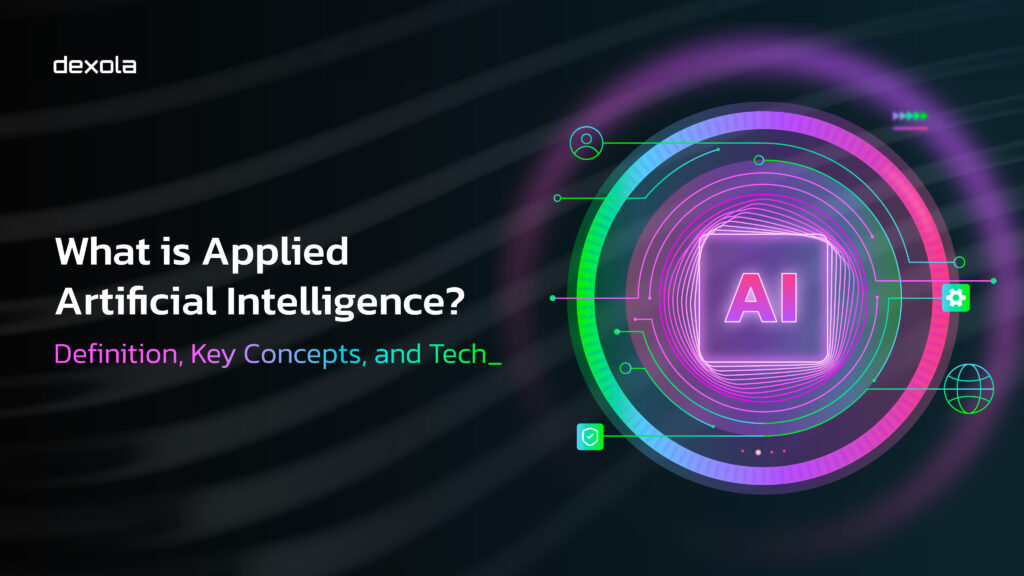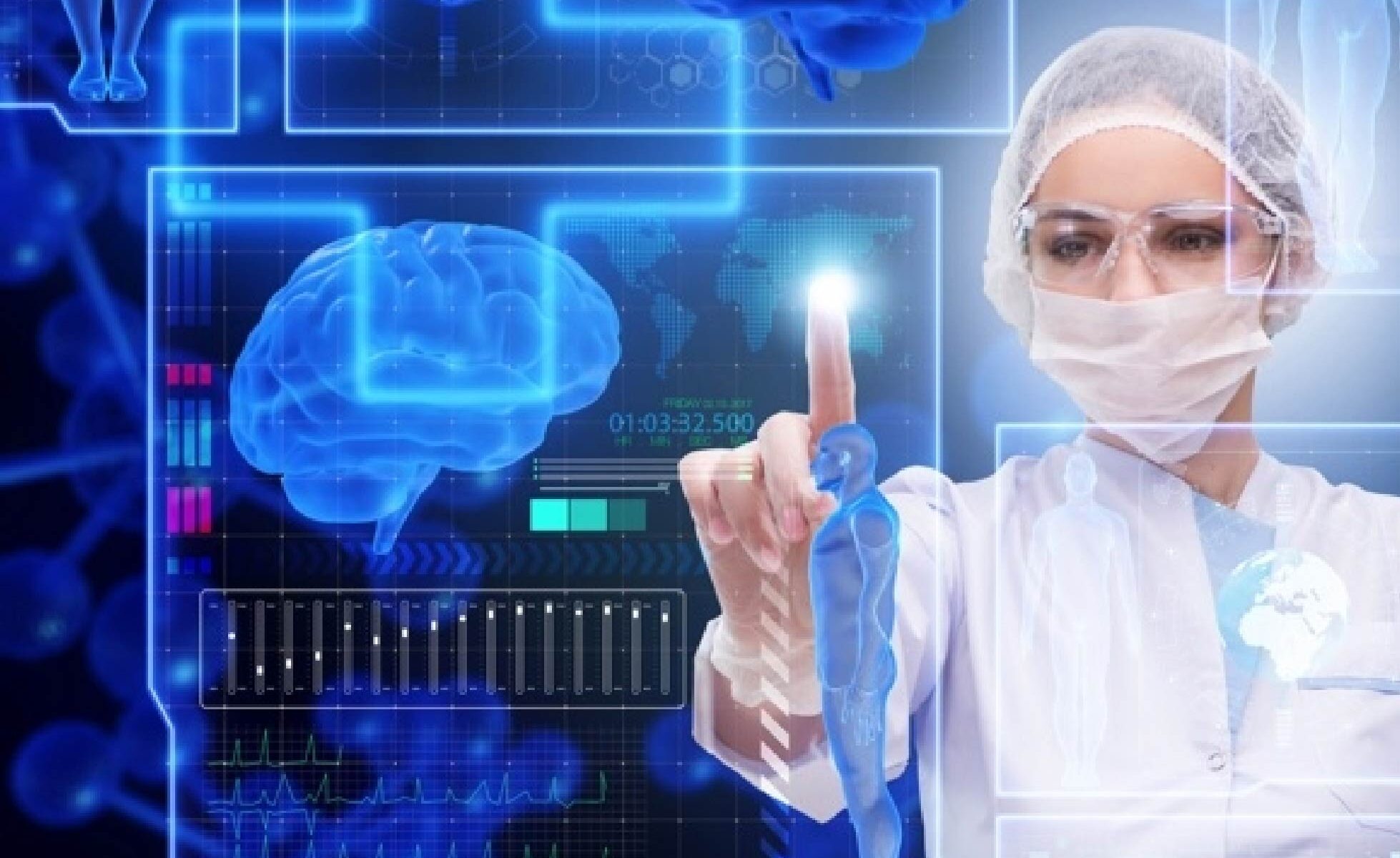Artificial intelligence movie
Generative AI is a kind of artificial intelligence capable of producing original content, such as written text or images, in response to user inputs or “prompts https://pro-reed.com/2025/03/25/how-hubspot-sales-software-transforms-sales-teams-and-drives-growth/.” Generative models are also known as large language models (LLMs) because they’re essentially complex, deep learning models trained on vast amounts of data that can be interacted with using normal human language rather than technical jargon.
Among the most difficult problems in knowledge representation are the breadth of commonsense knowledge (the set of atomic facts that the average person knows is enormous); and the sub-symbolic form of most commonsense knowledge (much of what people know is not represented as “facts” or “statements” that they could express verbally). There is also the difficulty of knowledge acquisition, the problem of obtaining knowledge for AI applications.
From the early days of the development of artificial intelligence, there have been arguments, for example, those put forward by Joseph Weizenbaum, about whether tasks that can be done by computers actually should be done by them, given the difference between computers and humans, and between quantitative calculation and qualitative, value-based judgement.
High-profile applications of AI include advanced web search engines (e.g., Google Search); recommendation systems (used by YouTube, Amazon, and Netflix); virtual assistants (e.g., Google Assistant, Siri, and Alexa); autonomous vehicles (e.g., Waymo); generative and creative tools (e.g., ChatGPT and AI art); and superhuman play and analysis in strategy games (e.g., chess and Go). However, many AI applications are not perceived as AI: “A lot of cutting edge AI has filtered into general applications, often without being called AI because once something becomes useful enough and common enough it’s not labeled AI anymore.”
Various subfields of AI research are centered around particular goals and the use of particular tools. The traditional goals of AI research include reasoning, knowledge representation, planning, learning, natural language processing, perception, and support for robotics. General intelligence—the ability to complete any task performed by a human on an at least equal level—is among the field’s long-term goals. To reach these goals, AI researchers have adapted and integrated a wide range of techniques, including search and mathematical optimization, formal logic, artificial neural networks, and methods based on statistics, operations research, and economics. AI also draws upon psychology, linguistics, philosophy, neuroscience, and other fields.
Artificial intelligence definition
Artificial Intelligence (AI) has become a discussed subject, in today’s fast-moving world. It has transitioned from being a concept in science fiction to a reality that impacts our daily lives. People all over the world are fascinated by AI and its ability to bring their imaginations to work in their daily lives.
Another option for improving a gen AI app’s performance is retrieval augmented generation (RAG), a technique for extending the foundation model to use relevant sources outside of the training data to refine the parameters for greater accuracy or relevance.

Artificial Intelligence (AI) has become a discussed subject, in today’s fast-moving world. It has transitioned from being a concept in science fiction to a reality that impacts our daily lives. People all over the world are fascinated by AI and its ability to bring their imaginations to work in their daily lives.
Another option for improving a gen AI app’s performance is retrieval augmented generation (RAG), a technique for extending the foundation model to use relevant sources outside of the training data to refine the parameters for greater accuracy or relevance.
Unlike previous waves of automation, many middle-class jobs may be eliminated by artificial intelligence; The Economist stated in 2015 that “the worry that AI could do to white-collar jobs what steam power did to blue-collar ones during the Industrial Revolution” is “worth taking seriously”. Jobs at extreme risk range from paralegals to fast food cooks, while job demand is likely to increase for care-related professions ranging from personal healthcare to the clergy.
The increasing accessibility of generative AI tools has made it an in-demand skill for many tech roles. If you’re interested in learning to work with AI for your career, you might consider a free, beginner-friendly online program like Google’s Introduction to Generative AI.
Artificial intelligence in healthcare
“I think it’s really beneficial to look at how AI is helping in the so-called near-miss cases. These are findings that are really hard to see for even a very experienced radiologist,” he continues. “In general, radiologists should be calling back less with the help of AI. And that’s the point: AI helps us tease out which cases are truly negative and which cases are truly suspicious and need to come back for further testing.”
“That’s the whole point of doing screening programs,” says Dr. Chen. “The ones that grow are more likely to be cancer. The ones that don’t grow are more likely to be benign. That’s why they’re important to track over time. And most of that work is done manually by trained radiologists who go through every nodule that they can see in the lung. They track it, measure it and report on it.”
As with many other industries, AI is likely to change the health care landscape over the coming years. In addition to improving health facility operations, patient diagnoses, treatment plan development, and overall health outcomes, AI is also expected to help with the development and discovery of new medical cures.

“I think it’s really beneficial to look at how AI is helping in the so-called near-miss cases. These are findings that are really hard to see for even a very experienced radiologist,” he continues. “In general, radiologists should be calling back less with the help of AI. And that’s the point: AI helps us tease out which cases are truly negative and which cases are truly suspicious and need to come back for further testing.”
“That’s the whole point of doing screening programs,” says Dr. Chen. “The ones that grow are more likely to be cancer. The ones that don’t grow are more likely to be benign. That’s why they’re important to track over time. And most of that work is done manually by trained radiologists who go through every nodule that they can see in the lung. They track it, measure it and report on it.”
As with many other industries, AI is likely to change the health care landscape over the coming years. In addition to improving health facility operations, patient diagnoses, treatment plan development, and overall health outcomes, AI is also expected to help with the development and discovery of new medical cures.